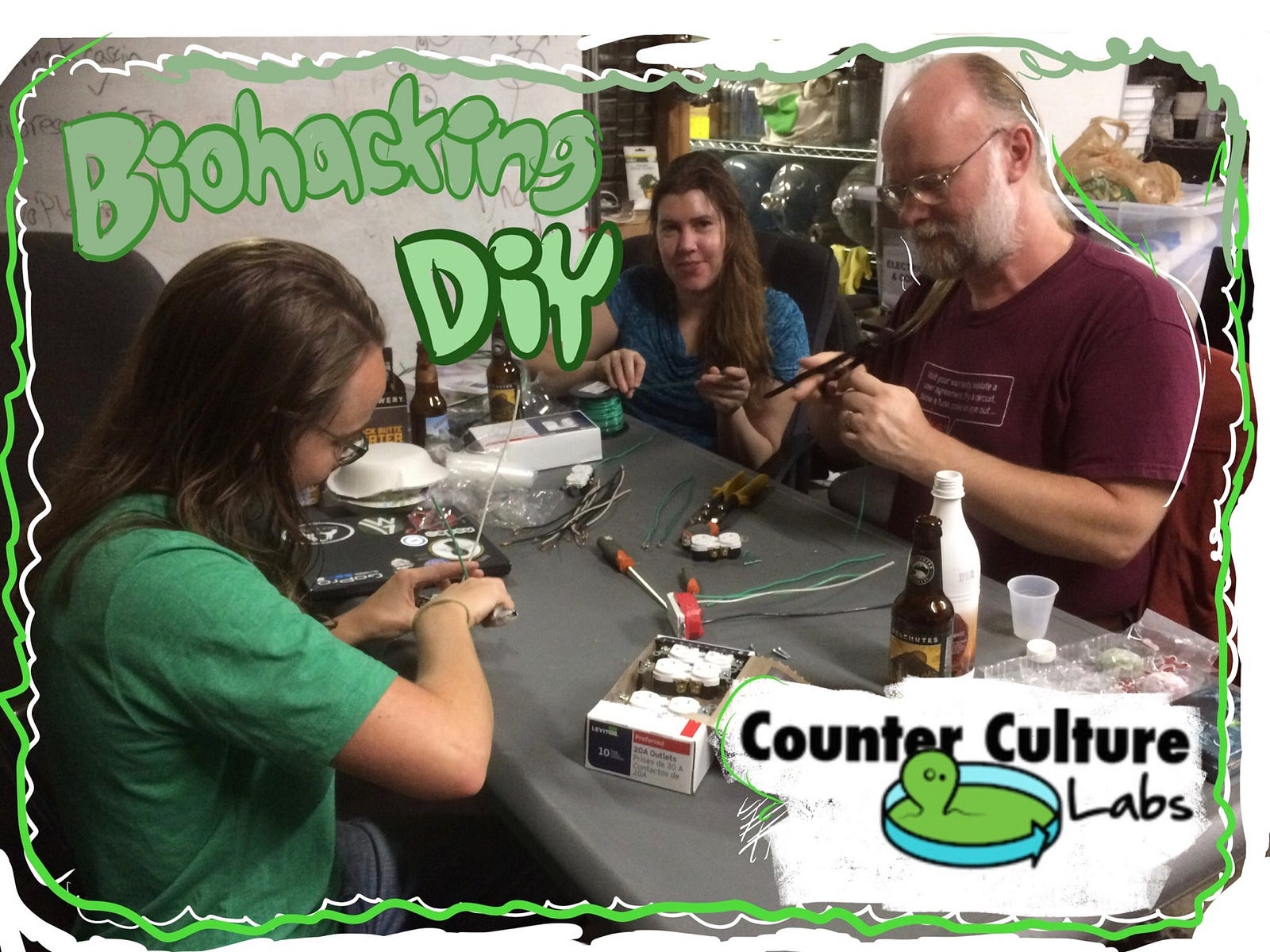 |
| A farmworker picking oranges. |
One thing that I haven't discussed very much is my background, my father's background, his parent's background. My grandparents, who immigrated from Poland, farmed the land. Their children, all ten of them helped them to farm the land.
As I was growing up, my Uncle Joe had a farm a few miles away from my grandparents' home. Many is the summer that my dad would take us four children to Uncle Joe's farm to harvest some strawberries. Given that we only picked what we needed for our family, including what we used for freezing and canning, we didn't have quite the same experience as farmworkers, those who are hired by farmers to pick ripened fruits and vegetables. But I can tell you that it is back-breaking work in the hot sun, with no shade anywhere in sight.
At any rate, some of my experience, albeit not exactly the same as that of farmworkers, has always given me a great respect for what they do, and also for the organizations that advocate for them. You see, picking the produce for our nation's families is hard, backbreaking work, and the people who do it don't often receive much in the way of gratitude or pay.
In Florida, back in 1983, after early freezes had damaged the orange crop, an organization, the
FLORIDA FARM WORKERS ASSOCIATION (FWAF), was formed. This organization essentially empowers farmworkers and provides a safety net for them and their families. It also seeks to leverage its power in numbers to address injustices in the various settings in which farmworkers find themselves.
Because farmworkers have close contact with crops, they also are exposed to chemicals that are applied to those crops, including pesticides. You would think that pesticides would have to be safe for human beings since these are food crops. That's the reason for regulations that ban pesticides and limit their use. Last year, the EPA for the first time, banned the use of chlorpyrifos.
Chlorpyrifos had been proven to be neurologically damaging to children and fetuses, as are other organophosphates. Farmworkers working in the fields get direct exposure to these substances and if enough is absorbed or ingested, they can suffer acute symptoms that indicate poisoning. They can also carry the residue on their clothing and back to their family members. That substance easily gets into the items they touch, unless they wash immediately and get the residue off their bodies.
Here the concern is that even when only adults are working in the fields, children are exposed just walking near the fields, touching the treated crops, playing in water contaminated with the substance. With all that potential contact, sometimes children can even be exposed at a level that gives them acute poisoning. But it is the neurological effects that are most concerning. Those effects include decreased IQ, neurodevelopmental delays, ADHD, disruption of reflexes, and impaired motor development. So, it's easy to understand why the ban was instituted.
 |
| The set-up for food distribution in Immolakee. |
But. wait a minute. Under the current EPA, it was decided to ignore the scientific evidence and eliminate the ban, allowing chlorpyrifos to be used, endangering those who work closely with the growing produce. FWAF has been working and teaming with other advocacy organizations to get the ban re-instituted. So, if you see a petition or know of a protest calling for the ban, it's time to become an activist yourself, and participate. You'll be protecting the health of those who tend and pick the produce that gives you such an enriched source of nutrition.
 |
| Part of the campaign to re-institute the chlorpyrifos ban. |
Thanks for information from this Facebook page:
https://www.facebook.com/pg/FarmworkerAssocFL/about/?ref=page_internal; this article from Project TENDR:
http://projecttendr.com/chemicals-and-pollutants/organophosphate-op-pesticides/; and the above links.


















